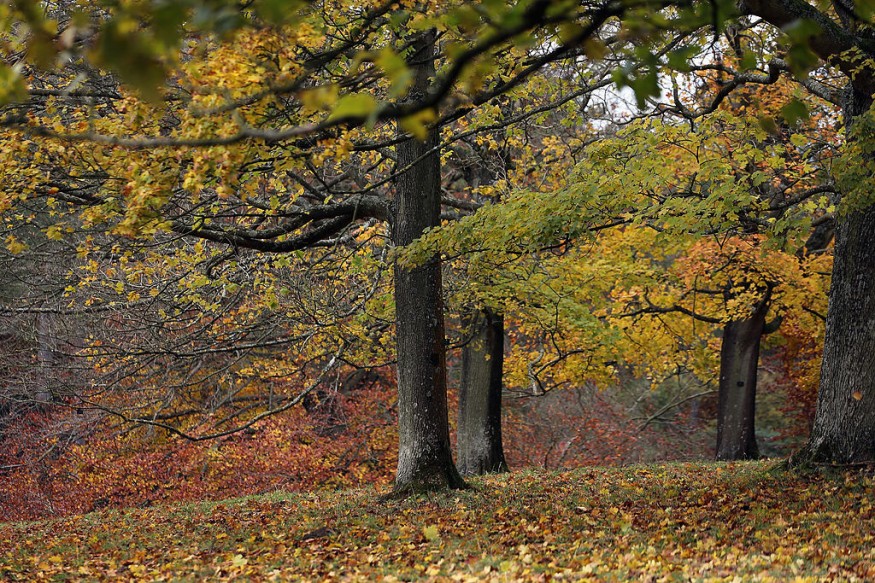Urban trees bring real benefits to our cities, future well-being, and livability. This nature-based solution is unfortunately at a high risk of mortality from invasive pests in the United States. By 2050, 1.4 million US street trees could be killed by invasive insects.
According to Phys.org, he population of urban settings in the US is currently at 82% and growing, and street trees help build resilience against threats natural environments face.

The findings published in the British Ecological Society's Journal of Applied Ecology show that 90% of the 1.4 million trees deaths will be caused by the emerald ash borer (Agrilus planipennis), an East Asian wood-boring beetle that is presently causing dramatic damage to ash species.
Here, scientists from McGill University, the USDA Forest Service Southern Research Station and North Carolina State University made the first nationwide spatial forecast of street tree mortality from invasive insects.
Pest-induced hotspots
The emerald ash borer, also known by the acronym EAB, is forecasted to virtually kill all ash trees in more than 6000 urban areas in the US country. However, the impact will not be evenly distributed with less than a quarter of US communities set to experience 95% of all urban tree deaths.
The study identified New York, Chicago and Milwaukee as hotspots with very high numbers of ash trees, and if not presently, in the near-future will be the path for the emerald ash borers. Large human population is also predicted to increase the invasive insect's entry to the area.
Researchers aim to gather information regarding which tree species and in which areas will be at the greatest risk from invasive insects. "These results can hopefully provide a cautionary tale against planting a single species of tree throughout entire cities, as has been done with ash trees in North America," said lead author Dr. Emma Hudgins at McGill University.
"Increasing urban tree diversity provides resilience against pest infestations. While we know this more intuitively for monocultures of crops, many cities continue to plant what are essentially monoculture urban forests," he added.
Also read: Extinct Giant Crocodile Species Rediscovered After 200 Years
Message to urban planners
The establishment of these insect species, including the new ones identified yet to arrive in the US namely the Asian wood boring insects (Anoplophora chinensis), will cost the country around 4.9 billion dollars over the next 30 years.
"Urban trees do a variety of wonderful things-they keep cities cool, they take the sting out of heavy downpours, they are good for biodiversity and they even make people happier," said Professor Jane Memmott at the University of Bristol, who was not involved in the study.
According to her, unless a variety of tree species are planted in cities, urban trees will remain at serious risk from invasive pests.
"The take home message to urban planners, is to plant multiple species in cities rather than focus on just a few familiar species; It'll keep trees wonderful, and it will keep them in our cities," she said.
This is also a message to neighboring countries impacted by the same invasive insect species.
Related article : Journey to the World's Highest Active Volcano Unearths Clues of Life on other Planets
© 2025 NatureWorldNews.com All rights reserved. Do not reproduce without permission.





